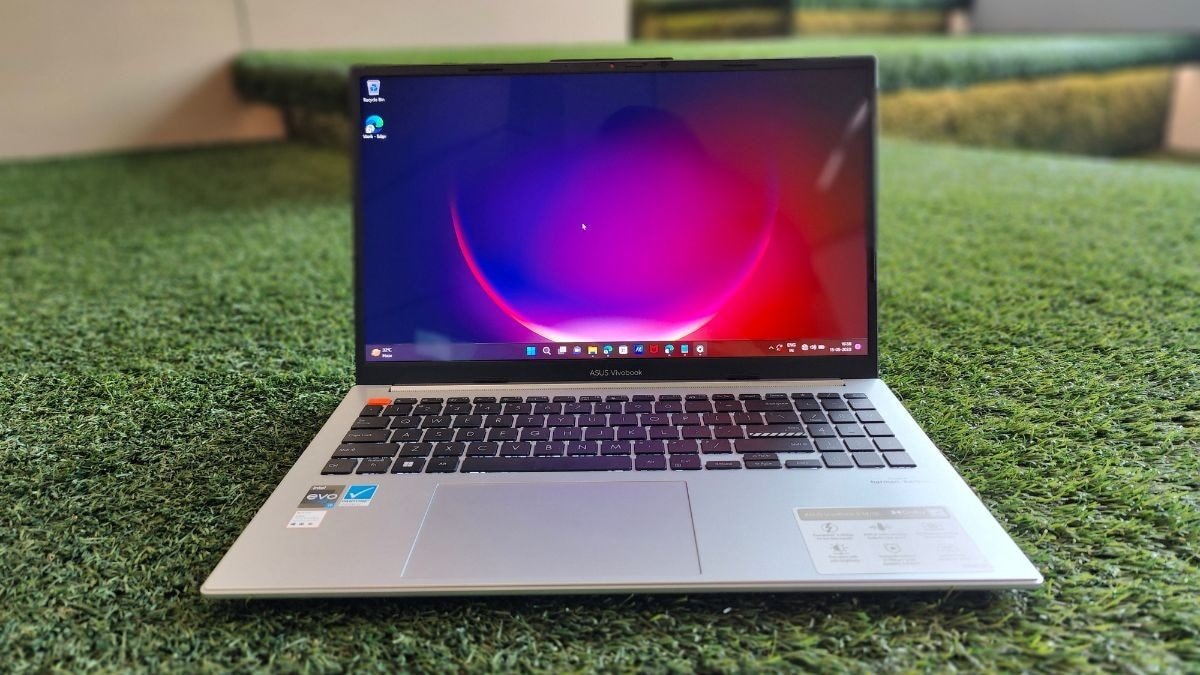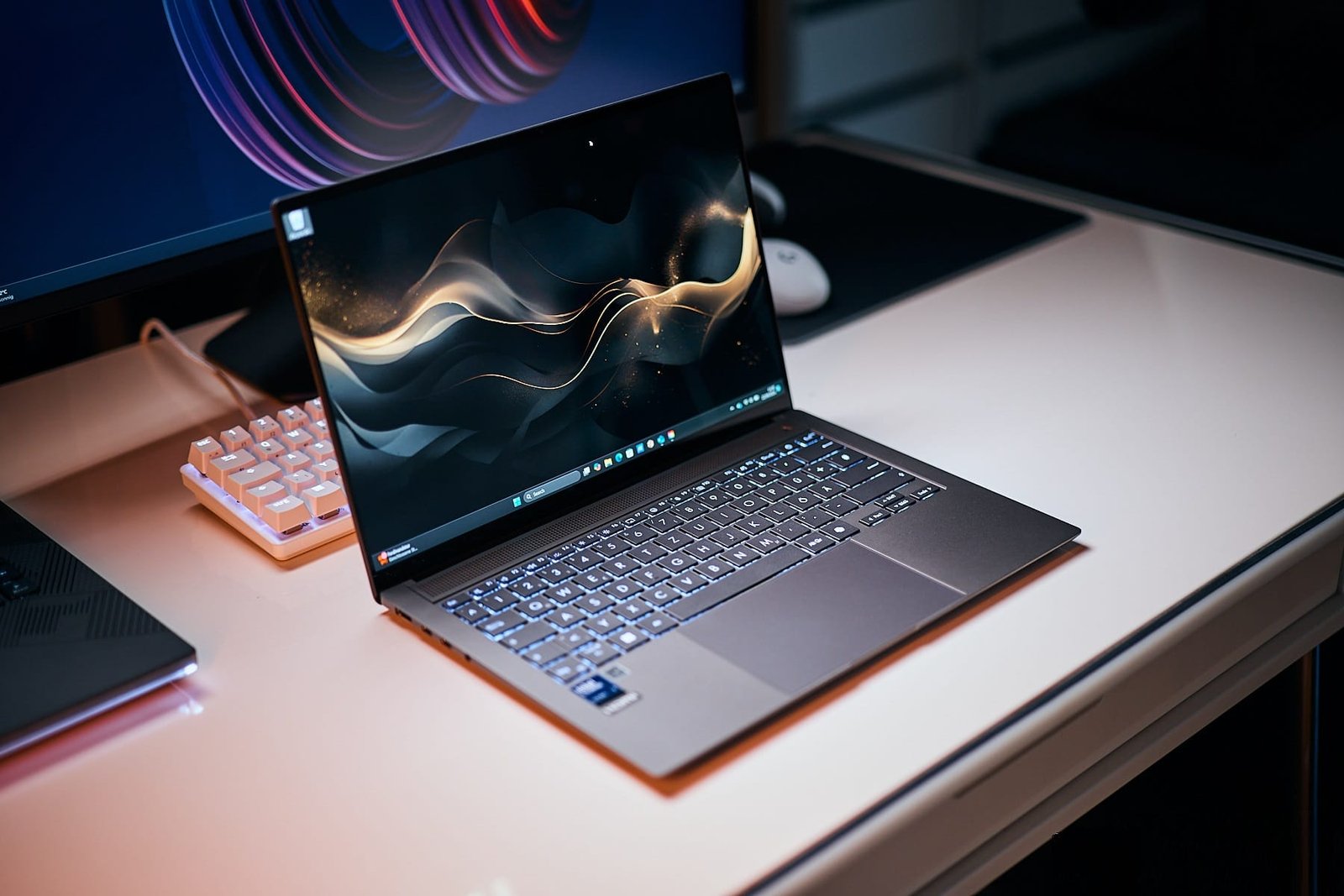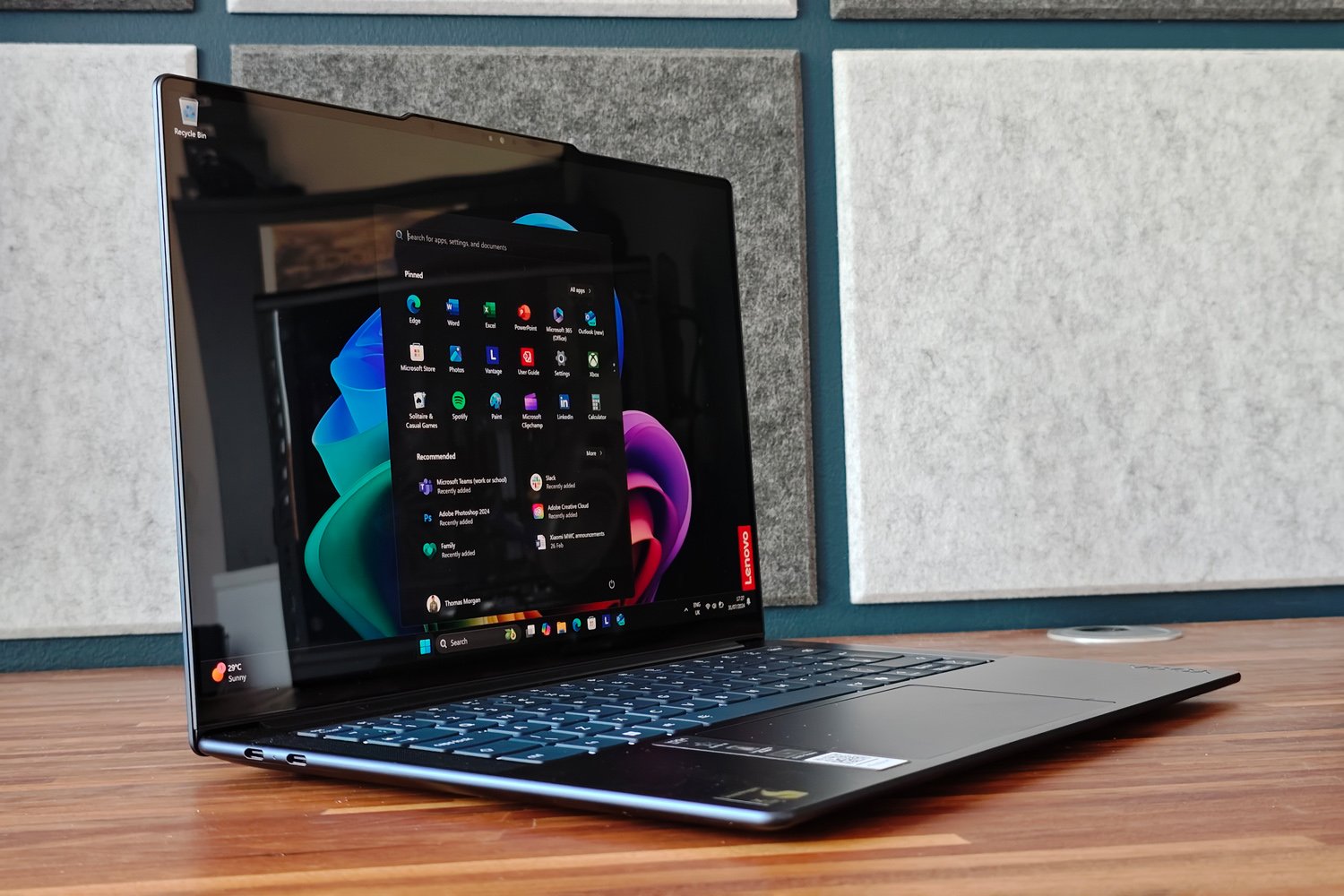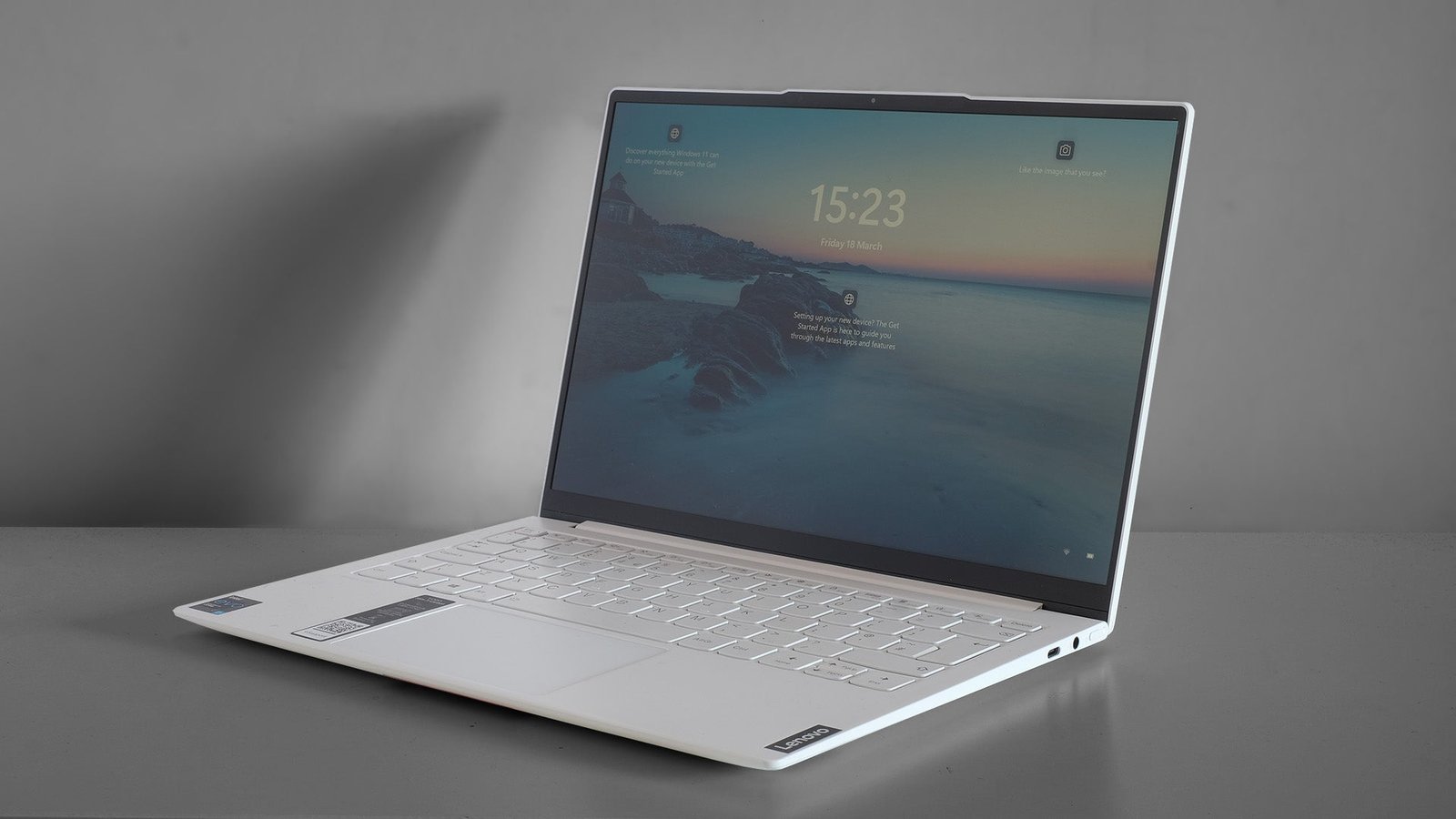Apple’s latest MacBook Pro lineup has brought significant improvements, particularly with the introduction of the M4 Max chip. Whether you’re using an older M1 Max or considering an upgrade from an earlier model, the new MacBook Pro M4 Max promises an unprecedented level of performance. Let’s dive into a comprehensive review of this powerhouse laptop to see how it stacks up.
Performance Boost with M4 Max
The M4 Max processor in the MacBook Pro 16 offers an incredible leap in performance. Despite having the same number of CPU and GPU cores as the previous M3 Max model, the M4 Max significantly outperforms its predecessor, especially in GPU-intensive tasks. One of the key enhancements is the increased memory bandwidth, which has been boosted from 400 GB/s in the M3 Max to 546 GB/s in the M4 Max. This upgrade plays a crucial role in improving the overall performance, particularly in applications requiring high memory throughput.
Design and Build Quality
In terms of design, the MacBook Pro M4 Max retains the sleek and minimalist look that has become synonymous with Apple’s premium devices. The laptop is available in Space Gray and Silver, maintaining the aesthetic choices of its predecessors. However, Apple has made some subtle adjustments. For instance, the M4 Max model is marginally lighter, weighing 4.7 lbs compared to the 4.8 lbs of the previous versions. Though the difference may seem negligible on paper, it contributes to a more comfortable handling experience.
Apple has also made notable changes to the ports. The MacBook Pro now features Thunderbolt 5 ports instead of Thunderbolt 4. This upgrade enhances data transfer speeds significantly, offering up to 80 Gbps for standard operations and up to 120 Gbps for video-related tasks. However, it’s worth noting that external GPU support is still absent, which might be a disappointment for users looking to boost graphical performance further.
Display Enhancements
The display remains one of the standout features of the MacBook Pro. Apple continues to use the Mini LED panel with ProMotion technology, offering a 120Hz refresh rate. The most significant upgrade in this year’s model is the introduction of the Nano-textured glass option. This anti-glare feature is particularly beneficial for users who work in variable lighting conditions, reducing reflections and providing a clearer view. Despite this, the display maintains its excellent color accuracy and wide color gamut, making it ideal for professional photo and video editing.
The peak brightness has also seen an enhancement. While the HDR mode still supports up to 1600 nits, the new model can achieve up to 1000 nits in SDR mode, making it highly usable even in bright outdoor environments.
Improved Camera and Audio
Apple has upgraded the webcam from a 1080p resolution to a 12-megapixel Center Stage camera. This new feature allows the camera to follow the user during video calls, keeping them centered in the frame. It’s a valuable addition for professionals who rely heavily on video conferencing.
The microphone system remains unchanged, providing clear and crisp audio, which is well-suited for meetings and voice recordings. The speaker setup is also consistent with the previous generation, delivering rich and immersive sound, though it’s one area where Apple chose not to innovate further.
Benchmark Performance
In terms of raw performance, the M4 Max has set new standards. The single-core clock speeds are the fastest ever recorded on a MacBook, scoring 174 for the M4 Pro and 169 for the M4 Max. This marks a 20% increase from the M3 Max, showcasing the significant advancements in processing power. Multi-core performance has also seen an 18% boost compared to the M3 Max, making it an excellent choice for multitasking and demanding workloads.
The M4 Max has outperformed even the M2 Ultra in the Mac Studio by about 30% in specific tasks such as Photoshop, setting new records in PugetBench tests. In Premiere Pro, the M4 Max also showed notable gains, although the Intel i9-14900HX paired with RTX 4090 in some PCs managed to edge out Apple’s offering in a few instances. Despite this, the M4 Max remains an outstanding performer, particularly in professional creative applications like video editing and graphic design.
Gaming Capabilities
Traditionally, MacBooks have not been the first choice for gaming, but the M4 Max is changing that perception. Although it’s not intended as a gaming laptop, its performance in games like “Shadow of the Tomb Raider” and “Cyberpunk 2077” is commendable. Even though these games run through Rosetta, the M4 Max managed to deliver frame rates comparable to mid-tier gaming laptops with dedicated GPUs like the RTX 4080.
For less demanding titles such as “Baldur’s Gate 3,” the M4 Max exhibited impressive frame rate improvements, going from an average of 75 FPS on the M3 Max to over 100 FPS. The laptop’s ability to handle such games at high settings with stable frame rates is a testament to the power of the new GPU architecture.
Fan Noise and Thermal Management
When pushing the MacBook Pro M4 Max to its limits, particularly during gaming or heavy rendering tasks, the fans do kick in. On high power mode, the fan noise can reach up to 58 dB, which might be noticeable in quieter environments. However, when left on automatic mode, the fan noise remains relatively low, hovering around the mid-40s dB range. For most everyday tasks, the laptop runs silently, thanks to its efficient cooling system.
Battery Life Improvements
Apple has claimed an additional two hours of battery life with the new MacBook Pro models. While real-world results may vary, early impressions indicate that users can indeed notice a difference. The M4 Max model seems to provide an extra hour to an hour and a half of usage compared to its predecessor, particularly during light to moderate tasks such as web browsing, document editing, and streaming.
One of the standout features of the M4 Max is its ability to maintain performance even when running on battery power. Unlike many Windows laptops that throttle performance without a power source, the M4 Max continues to deliver high-level performance, making it an excellent choice for users who need to work on the go.
Is the MacBook Pro M4 Max Worth It?
The MacBook Pro M4 Max represents a significant step forward in Apple’s laptop lineup. It offers top-tier performance, enhanced display options, and improved connectivity, making it an excellent choice for professionals in need of a high-powered, portable workstation.
For most users, the M4 Pro version might offer the best value, providing nearly the same performance boost as the M4 Max but at a lower price point. However, for those who require the absolute best in performance and are willing to pay the premium, the M4 Max is an outstanding choice.
The only downside remains its gaming capabilities and software compatibility. While gaming performance has improved, the limited library of games available natively for macOS is still a drawback compared to Windows-based laptops.
Conclusion
Overall, the MacBook Pro M4 Max is a powerhouse designed for professionals who need a versatile machine capable of handling intensive tasks with ease. With significant improvements in processing power, memory bandwidth, and display quality, this laptop is an ideal choice for content creators, developers, and anyone looking to push their device to the limits. While it may not be the best option for gaming, its performance in creative and professional applications is second to none.




